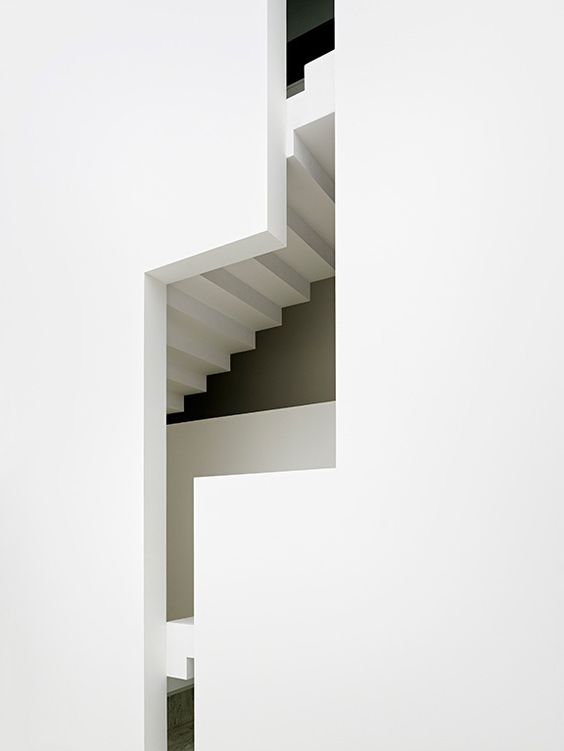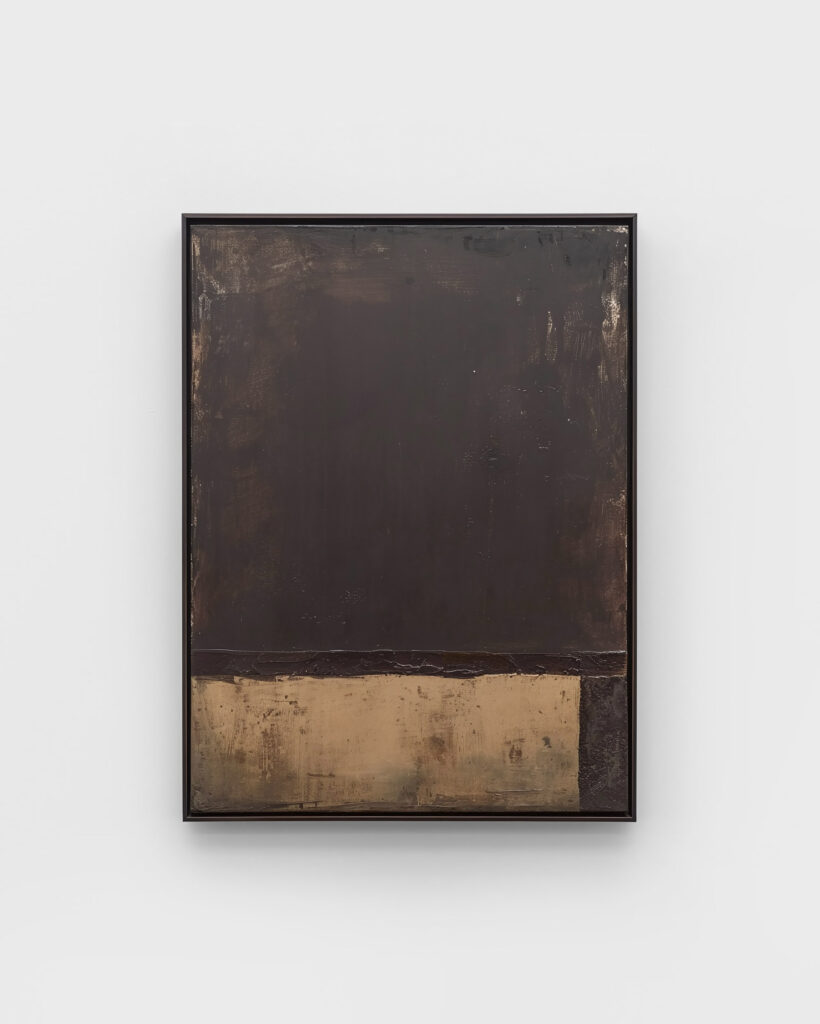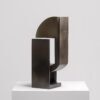Do you know the feeling when you look at a piece of art and it just captivates you? You can’t explain why, but it touches you on a deep, emotional level. But why do we find certain things aesthetic and others not? This question has been asked by philosophers and thinkers throughout history, but the answer remains elusive. Many experts agree that beauty is always in the eye of the beholder, while others believe that there is an agreement on what can be judged as aesthetic based on certain universal principles. In this series, we will explore what (minimalist) aesthetics is and why we consider something beautiful.
The fascination of aesthetics
But first, let’s get to the theoretical side of things: Aesthetics is a fascinating field of study that reaches far beyond the world of art. It affects our everyday lives, from the architecture of our cities to the design we use to the food we enjoy. So aesthetics is the study and appreciation of art and beauty. It originated in ancient Greece and the term derives from the Greek word “aisthetikos,” which literally means “perception” and “sensation” or “perceptible to the senses.”
Minimalist aesthetics are often considered elegant, sophisticated, and timeless. Minimalist art and design celebrate the beauty of simplicity and often encourage the viewer to look at the work more consciously and appreciate the details.
Why do we find something aesthetic?
So why do we find some things beautiful that others find ugly? Isn’t beauty completely subjective? Well, it’s not quite that clear-cut. There are many factors that can influence our perception of beauty, from our culture to personal experiences to our own values. All of these play a role in deciding what appeals to us aesthetically. Most of this happens completely subconsciously.
One important factor in today’s world is the media. We are constantly surrounded by visual stimuli. This flood of images naturally influences our perception of aesthetics and can lead us to be subconsciously attracted to certain styles. In recent years, bubbles of aesthetics (as I like to call them) have formed, especially on Instagram, where a certain type of aesthetic is posted and celebrated over and over again. The so-called Mere-Exposure-Effect, a psychological phenomenon in which people tend to develop a preference for things simply because they are familiar with them, shapes and changes our perception without consciously noticing it.

A photograph I call beautiful and aesthetic.

In contrast to this flood of images, in my opinion, stands minimalist aesthetics. It draws us in because it invites us to look more slowly and thoughtfully and to pause. In a world where we are constantly surrounded by visual stimuli, it can be a true joy to engage with Minimalist Art and Design.
The search for universal beauty
Despite our individual differences and the influence of the media, there are nevertheless certain aesthetic principles to which most people respond in the same way. For example, in recent years, scientists have found that certain harmonious proportions, such as the golden ratio, often evoke positive reactions in us, no matter what culture we come from. These objective aesthetic principles, then, refer to specific visual features of a design, such as colors, shapes, textures, etc.
If you are interested in this topic, I can recommend my category ‘Aesthetic Paper‘. Here I regularly share the latest findings from brain research that explore why we find something aesthetic.
Can something be aesthetic without also being beautiful?
This question has been on my mind for a while. There are things that I personally don’t consider “beautiful” even though I like their aesthetics. So I would say, yes – a coherent overall concept can be aesthetic regardless of whether we find it beautiful or not.
The emotional dimension of aesthetics
So our perception of aesthetics is fundamentally individual and depends largely on cultural, personal, temporal, and media influences. The individual perception of whether you find something beautiful is difficult to describe – but at the moment it occurs, everyone feels it intuitively. It touches you. And that, in my opinion, is the most accurate answer to the leading question.
So when it comes to the question of what we consider aesthetic, it should not be about what we consider beautiful or not, but about what we feel when we look at art and design. So beauty is not in the eye of the beholder but in his or her emotional perception.
Further reading
https://en.wikipedia.org/wiki/Aesthetics
https://plato.stanford.edu/entries/aesthetic-concept/
About Exploring Aesthetics:
Sarah loves asking questions and exploring the things she engages with on a daily basis. Exploring aesthetics is her column which discusses art, design, and aesthetics to explore, inspire, and question the status quo.


